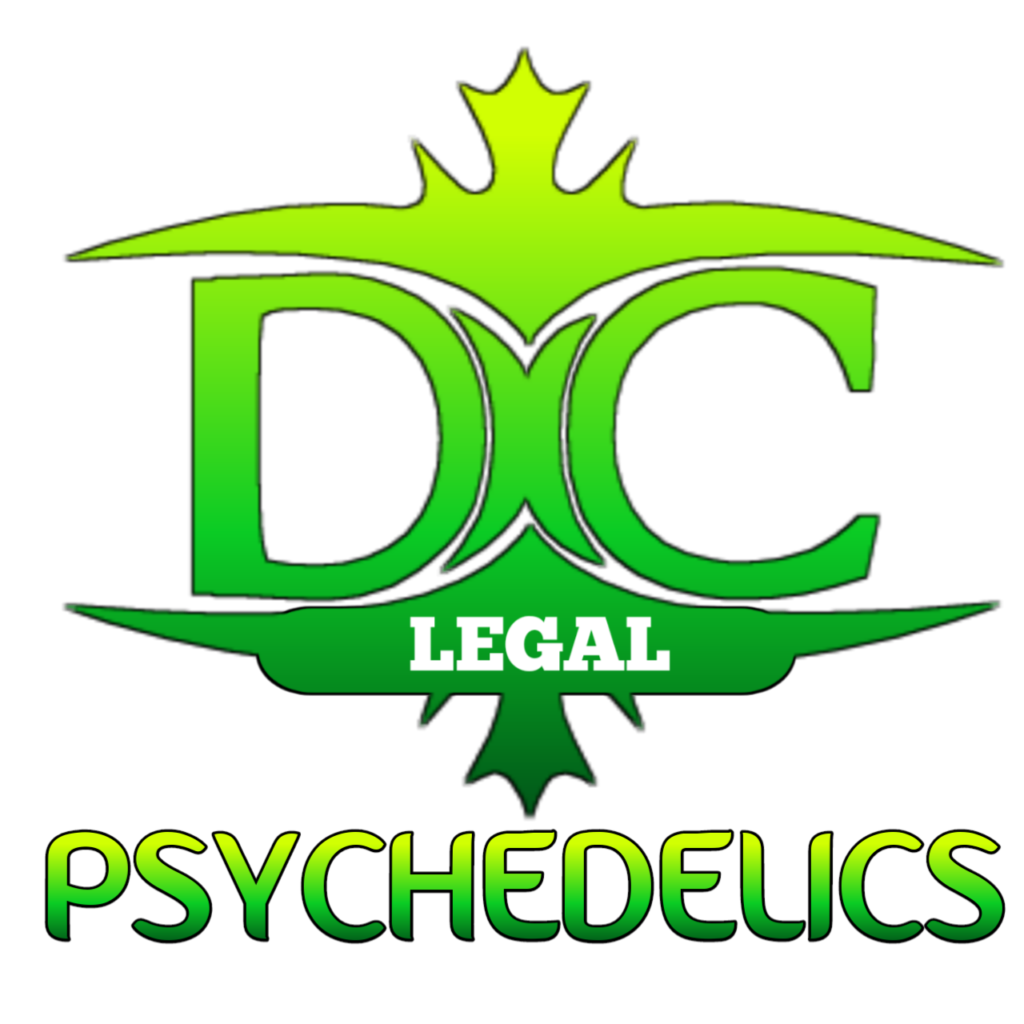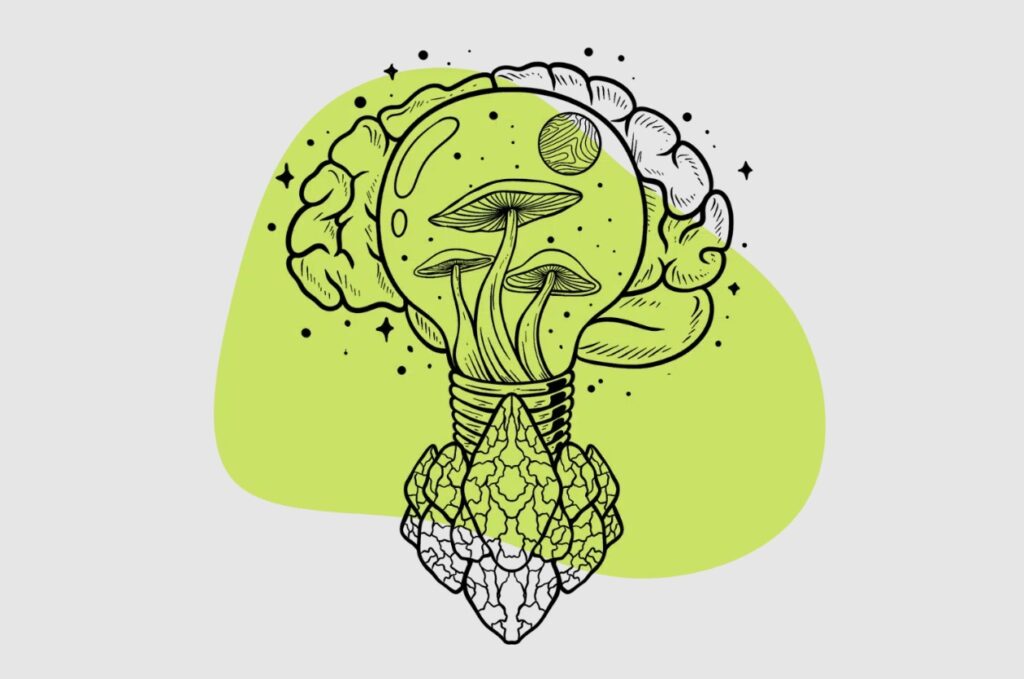Uncategorized
Can Psychedelic Mushrooms Help With Problem Solving?
Can Psychedelic Mushrooms Help With Problem Solving?
In A Way YES!!!
Psychedelic Mushrooms have a profound capacity to change the way we think.
They offer us a tool for improving our ability to solve challenging problems — but only if they’re used properly.
A huge part of using Magic Mushrooms for problem-solving effectively involves the concepts of set, setting, and integration.
Here’s how it works.
Magic mushrooms For Problem Solving: Does it Really Work?
Before we explore what psychedelics can do, let’s first examine what they can’t do.
Psychedelic compounds will not make us smarter, and they don’t increase our IQ.
You can’t take psychedelics and suddenly understand quantum mechanics. However, if you already understand quantum mechanics and then take psychedelics, they can help you gain an even deeper understanding.
Psychedelic compounds, by and large, work by increasing the “randomness” or “chaos” in the brain.
This concept is the crux of the problem-solving benefits of using psychedelics.
Problem-solving is a form of creativity. Creativity itself is an incredibly dynamic process — requiring a shift between different modes of thought to reach the end result. The more randomness there is, the more likely we are to find a novel solution to a problem.
You don’t gain new insight or information, but you can view a problem you’ve been working on from entirely different angles. Every once in a while, one of these new ideas yields an “aha!” moment, and the problem is solved.
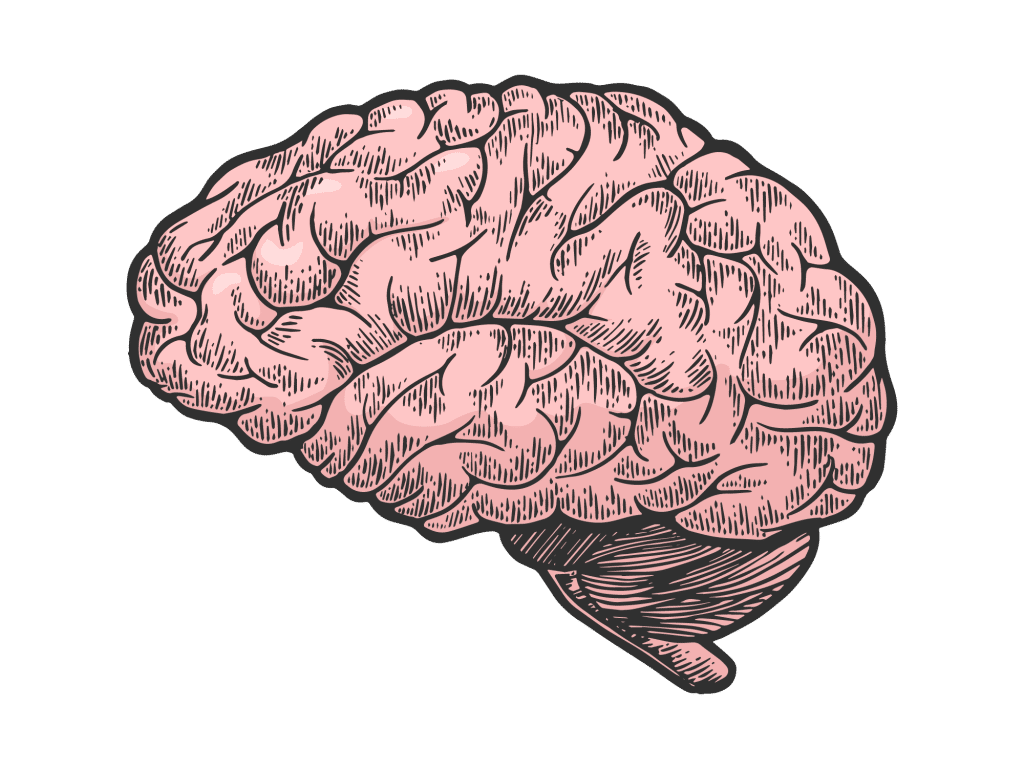
The Role of the DMN In Problem-Solving | Can Psychedelic Mushrooms Help With Problem Solving
We can’t talk about problem-solving with psychedelics without covering the default mode network.
The default mode network (DMN) is a distributed network of brain regions that work together to regulate our default mode. This system acts as a reducing valve for the brain. It prevents us from being overwhelmed with information so we can move through life more efficiently.
Every second of the day, our brains are overloaded with information. If the DMN wasn’t there to block most of it out, we’d be unable to accomplish anything. It provides structure to our consciousness.
When the DMN is inhibited, the filtration becomes weaker and more information is allowed to flow throughout the brain. Our thoughts become much more chaotic and random — which is just what we need while trying to solve complex or creative problems.
Certain psychedelics, such as LSD, magic mushrooms, mescaline, and DMT, all have an inhibitory effect on the DMN.
Through this action, psychedelics are able to increase the randomness of our abstract thoughts, which makes us more likely to discover novel solutions to problems we’re stuck on.
This is the same way psychedelics are thought to help with creativity: more chaos and randomness = more chances of discovering new ideas.
Even when the psychedelics wear off, the ideas we had may persist when the DMN takes hold again. In this way, psychedelics have a lingering effect on both creativity and problem-solving (similar benefits from higher entropy thinking).
Four Stages of Creativity & Problem Solving
Problem-solving is an entirely organic process. You can’t force it, and there’s no specific amount of time needed for one to achieve that “aha!” moment. Some people have spent years thinking about a particular problem before they found a solution; others were able to arrive after just a few hours.
The basis of problem-solving relies on good preparation. This involves a combination of mapping out the problem from all angles and collecting as much information relevant to the problem as possible.
In order to solve problems involving quantum mechanics, one would need to spend a lot of time understanding the fundamentals of quantum mechanics itself. The same goes for any type of problem.
Problem-solving largely follows the same processes as creativity. The very nature of finding a novel solution to a problem relies on the process of forming a new creative idea.
Because of this, we can analyze the concept of problem-solving by looking at the four stages of creativity:
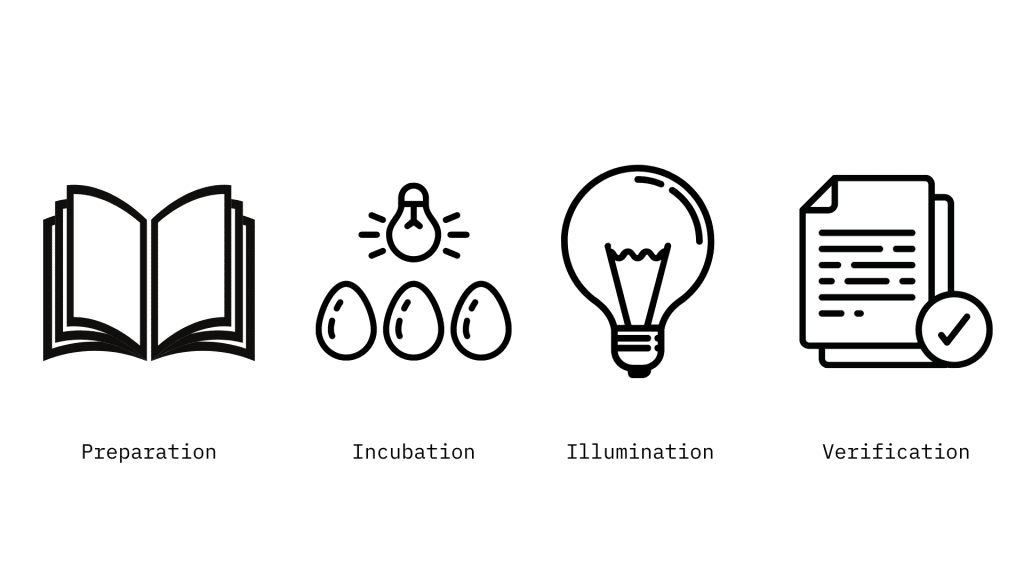
Stage 1: Preparation
The first stage involves gathering information. This is the step that requires the most effort or force. You need to acquire information and knowledge on the subject and find sources of inspiration.
There’s no right or wrong way to do this step, but the more information you can gather, the more likely you are to find a new creative solution later on. Can Psychedelic Mushrooms Help With Problem Solving
Stage 2: Incubation
Incubation involves leaving the information you collected in stage one to marinate. New connections are formed, and the information you’ve collected starts to mingle.
Many of the world’s most prolific inventors and problem solvers incorporate some form of incubation into their lives. This might involve going for walks alone, solo camping trips, or taking the time to engage in any activity that forces you to stop thinking about the problem entirely.
While this stage feels unproductive at times, it’s a fundamental stepping stone while moving from preparation to illumination. Can Psychedelic Mushrooms Help With Problem Solving
Stage 3: Illumination (Eureka!)
This is the “aha!” moment. This is the idea you’ve been working towards.
This eureka moment where the solution suddenly presents itself happens randomly and without warning. For people using psychedelics, this may happen during the session or sometime afterward. It really doesn’t matter when or why the stars just so happen to align, resulting in the solution; all that matters is that it happened.
Stage 4: Verification & Integration
Just because you originated, the idea doesn’t mean the process is done. Now it needs to be fleshed out and developed into a full-fledged working solution.
It’s a good idea to get your new solution down in writing or materialized in some way — especially if the idea is achieved while using psychedelics.
Many people have come up with great ideas while on psychedelics, only to forget them once the effects wear off. The idea isn’t necessarily lost forever, but you’ll have to continue putting in the work to draw it out again.
Divergent vs. Convergent Thinking
The dynamic process of forming ideas relies heavily on switching back and forth between two modes of thinking — divergent thinking and convergent thinking.
In basic terms, new ideas are generated through divergent thinking. These ideas are then assessed, and a shortlist is created through convergent thinking.
A good problem solver has the ability to make rapid shifts between divergent and convergent thinking.
Psychedelics, in general, are better for boosting divergent thinking and less helpful for convergent thinking. Can Psychedelic Mushrooms Help With Problem Solving
Divergent Thinking (DT) | Can Psychedelic Mushrooms Help With Problem Solving
Divergent thinking involves generating novel ideas from scratch. This is the part psychedelics offer the most support towards.
Divergent thinking requires more flexibility and randomness — AKA more entropic thoughts. More divergent thinking and randomness make you more likely to form new ideas out of the chaos.
Convergent Thinking (CT)
Convergent thinking involves the evaluation of each new idea to determine its usefulness in practice.
This type of thinking is aligned with more logical, rigid thinking.
How To Use Psychedelics For Problem Solving
Psychedelics are merely a tool when it comes to problem-solving. No psychedelic is guaranteed to help you find a solution to your problem.
It’s equally important to set the stage for the ideas to occur using other techniques. You’ll want to set the stage for ideas to flow as seamlessly as possible.
Keep a pen and paper nearby, a voice recorder or camera, or some form of inspiration for the problem you’re trying to solve.
There are two general philosophies when it comes to using psychedelics for problem-solving — microdosing and macrodosing. Can Psychedelic Mushrooms Help With Problem Solving
Microdosing Psychedelics For Problem Solving
Microdosing is the practice of taking small, sub-perceptual doses of psychedelics. By definition, you shouldn’t overtly feel the effects of the psychedelics when you do this. However, even in small doses, psychedelics impact brain function and can lead to a higher state of entropy — thus facilitating the formation of new ideas more easily.
Microdosing psychedelics alone isn’t likely to initiate a sudden “eureka” moment. This is a slow and steady grind. Microdosing is used to encourage new habits and put you in the ideal mindset to solve problems.
People who microdose normally take a dose every day or every third day — repeating the cycle for several weeks at a time.
People who have the most success with this usually have some sort of morning ritual to get them in the right headspace and set some sort of intention for the day. Journaling and meditation go hand in hand with microdosing for problem-solving.
Related: 100 Shadow Work Journaling Prompts.
Macrodosing Psychedelics For Problem Solving
Macrodosing is the practice of taking larger, psychoactive doses of psychedelics. This can range from a threshold dose (the bare minimum dose needed for psychoactive effects) and heroic dosing (very high doses). Most people fall somewhere in the middle.
Unlike microdosing, macrodoses aren’t used every day or even every week. They usually involve just one or two sessions spaced several weeks apart.
During this session, the goal is to allow the chaos to descend over your consciousness. Somewhere within the chaos is the new idea or solution. You just have to remain open to grabbing the idea when you see it and try not to force anything.
You may find a solution to your problem, and you may not. You have to be okay with that and just let the process happen at its own pace. People who force ideas are the least likely to find a solution to their problem.
You can take steps to increase the chances of a new idea forming, such as keeping some sort of inspiration around, clearing a nice big whiteboard to map out your thoughts, or using any tools you may have that would normally help flesh out ideas in your head.
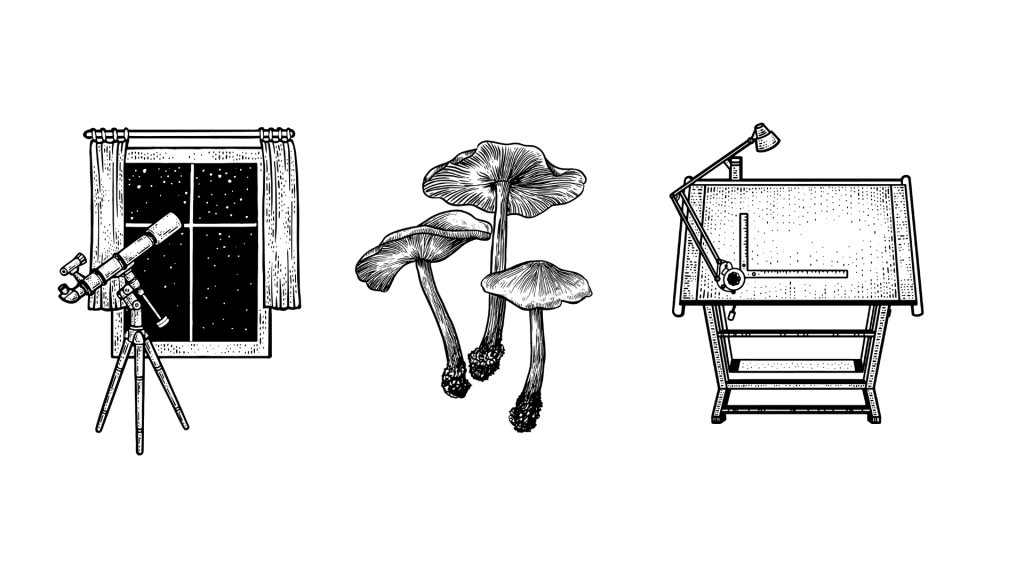
Setting Up For a Psychedelic Mushroom Problem Solving Session
You can’t just take LSD and expect it to work. You need to set the stage to make the ideas flow as efficiently as possible and have some way of materializing that idea when it presents itself.
Here are some tips and tricks to setting up the perfect problem-solving environment using the fundamentals of set and setting.
1. Remove Distractions
Set enough time aside to focus on the problem without distractions. Put your phone on silent (or completely off), ensure you have no meetings or obligations, and remove anything that might distract you from your task.
The more distractions you can eliminate, the more bandwidth you can dedicate to the creative process.
2. Find a Quiet & Comfortable Place for the Experience
The setting in which you take psychedelics should be somewhere you’re familiar with and feel safe in. Coffee shops or the office usually are not a good place to take psychedelics.
A good place would be somewhere that’s relatively free from distractions. I like to completely clear off the desk in my office and move it to the side of the room where it’s out of the way. I then bring in a bunch of pillows and a blanket so I can lay directly on the floor. I dim the lights and place some notebooks and pens nearby for when I need them.
Others find it better to lay on a couch with some nice noise-canceling headphones and eyeshades on.
3. Employ The Help of a Trip Sitter
The point of a trip sitter is to watch over you but not to interfere with the experience. For the most part, they should remain hands-off. However, should you need anything (food, water, some paper to write on, etc.), they’ll be around to help you out.
When using psychedelics for problem-solving, they don’t necessarily need to always be in the room with you, but they should remain nearby and check in often.
4. Learn How to Use Mind Maps
Mind mapping is a powerful tool when it comes to problem-solving. It allows you to materialize and structure chaotic ideas and help you find solutions to large complex problems.
Check out this guide from Life Hacker about mind mapping for beginners.
Normally I use an Ipad or computer to draw my mind maps, but when using psychedelics, it’s best to just draw them out by hand on a whiteboard, large sheet of paper, or notebook.
5. Get a Good Night of Sleep
The psychedelic problem-solving session begins the night before your session. Going to bed at a decent hour is going to pay dividends the next day during your session.
Feeling well-rested is essential for the creative process. If your brain is tired, your neurons won’t fire as quickly or as often — ultimately reducing the chances of reaching that “aha!” moment.
6. Bring Sources of Inspiration With You to The Session
Some people contest this idea based on the idea that bringing inspiration may limit your ability to think outside the box. While this may be true, I can personally attribute many of my breakthrough sessions to some form of inspiration kicking around during the session.
For me, this is usually a textbook of some kind, but this can be literally anything. Something that keeps the problem top of mind.
For architects, this could be some architectural books. For videographers, this could be your most-used camera. Anything will work.
Integration After The Experience
Integration is just as important as the psychedelic experience itself.
Most people who take psychedelics won’t discover the solution to the problem during the session — at least, not the whole idea. Fragments of the solution may surface, but if they aren’t properly integrated after the experience, they may not lead to a working idea.
The integration process after psychedelics should begin immediately — the following morning after the trip.
Read through any notes you took during the session, look at the art or mind maps you produced, listen to recordings, and talk to your trip sitter. By doing this, you can collect as many of the loose, chaotic thought threads you produced the night before and begin materializing them into the real world.
This is the stage where logical, convergent thinking can elucidate your ideas and further develop them into a working model.
Which Psychedelics Work Best For Problem Solving?
Not all psychedelics are created equal when it comes to creative problem-solving.
The best psychedelics are generally regarded as classical psychedelics — this includes psilocybin, LSD, DMT, mescaline — and all their derivatives.
All of these psychedelics work by targeting the 5HT2A receptors, which lead to the suppression of the DMN.
As a reminder: Inhibition of the DMN leads to higher entropy in the brain. More entropy increases the chances of forming new ideas.
Other forms of psychedelics may help, too but are usually less direct.
Here are some of the best psychedelics for problem-solving:
Magic Mushrooms For Problem Solving
The active ingredient in magic mushrooms is psilocin and psilocybin. Psilocybin is converted to psilocin, which is a potent 5HT2A receptor agonist. This is the same mechanism of action used by numerous psychedelics, including LSD and mescaline.
Numerous studies have explored the effects of magic mushrooms for enhancing the creative process — the vast majority of which found direct benefits after taking the shrooms.
Most of these studies noted the greatest insight came several hours, days, or weeks after the experience.
Mescaline For Problem Solving
Mescaline is one of the most underrated psychedelics. It’s undeniably psychedelic, similar to LSD and magic mushrooms, but it has an element of clarity and grounding along with it.
Magic mushrooms can make users feel a bit lost and indecisive, while mescaline maintains a very clear head. There hasn’t been much official research on the effects of mescaline for problem-solving, but there’s a long list of writers and scientists from the past that attribute many of their big ideas to a mescaline trip. A good example of this is the infamous Aldous Huxley, the author of The Doors of Perception and numerous other books.
The clear-headed aspect of this psychedelic could make it much easier to remain focused on the problem while using psychedelics.
Psychedelic LSD For Problem Solving
LSD (lysergic acid diethylamide) shares many of the same properties as psilocybin. It binds to the same receptors and induces the same “flavor” of psychedelic experience — with some key differences.
Like mescaline, LSD brings a clearer headspace. It’s easier to remain on-task and focused than it is with mushrooms, which makes it a great candidate for use in problem-solving sessions.
Steve Jobs associated a lot of his best ideas to his experience with LSD, and microdosing LSD is popular in startup culture for this very reason.
LSD is the most well-known lysergamide, but there are several others that are significant as well. None have been as well-studied as LSD for problem solving and creativity, but anecdotal reports suggest they share similar benefits.
LSD alternatives include LSZ, ETH-LAD, PRO-LAD, AL-LAD, ALD-52, and 1P-LSD.
DMT For Problem Solving
DMT (dimethyltryptamine) is a powerful yet short-lived psychedelic. This compound is capable of taking you out of the body and mind, and into a reality, unlike anything you’ve ever seen before.
You’re not going to take DMT and then get to work on a problem. This compound is very much an incubation stage chemical. You’re not even likely to be able to think about the problem at hand for very long.
DMT is chaotic, random, and uncontrollable. Don’t resist the effects, and don’t expect to solve the problem during the session. The real benefits of using DMT com after the session during the integration phase.
Many people who take DMT report visiting with “entities” during the experience. The late Terence McKenna referred to them as machine elves, and various cultures around the world that use powerful psychedelics have depictions of similar elf-like beings.
Often, these beings would provide some form of wisdom to the psychedelic explorer. This insight could offer support to the community at large or to the user individually.
While this is completely impossible to confirm, it’s an interesting idea that there could be some form of life only accessible through psychedelic states that can drop knowledge bombs for new ideas during the experience.
Ketamine For Problem Solving
Ketamine is considered an atypical psychedelic because it doesn’t inhibit the DMN (as far as we know). Neither does it activate the 5HT2A receptor.
Ketamine works through the kappa-opioid receptor and interacts with serotonin, dopamine, norepinephrine, and other neurotransmitters.
It isn’t considered useful for problem-solving in the same way as magic mushrooms, LSD, or mescaline. However, ketamine still has a trick up its sleeve.
This compound increases synaptic plasticity. It causes small spikes to form on the outside of the neurons. These spikes have the potential to form new synapses entirely.
This mechanism has proven useful for treating depression and PTSD but hasn’t yet been tested as a tool for improving creativity or problem-solving.
I believe ketamine could be useful during the preparation stage. The concept would involve engaging in a ketamine session every third week while studying a topic they seek to solve.
Oneirogens For Problem Solving
Oneirogens (dream psychedelics) are useful during the incubation stage. These compounds can be psychoactive but have the strongest impact on the user while they sleep.
Compounds like Amanita muscaria, Calea zacatechichi, and LSA can dramatically increase the vividness of dreams.
These enhanced dream states are often chaotic and random, which makes it hard to direct them towards solving a problem.
However, they may offer benefits through the incubation phase. Much of our thoughts and ideas are consolidated while we dream. It’s possible that the use of oneirogenic psychedelics could increase the chances of this consolidation leading to a breakthrough idea later.
Carl Jung highlighted the concept of a collective unconscious — which is a level of consciousness shared by all humans. Within this consciousness is contained a great deal of information, like the memories of people that lived before us.
Jung believed this collective unconscious could only be tapped into while we dream. Is it possible that dream-inducing herbs can help us connect with the collective unconscious? Is it possible to bring new information back with us when we wake up?
Nobody knows for sure, but it’s certainly relevant for the concept of problem-solving. Many of the world’s greatest ideas came to the inventor through a dream.
Amphetamines Psychedelics For Problem Solving
Amphetamine psychedelics include MDMA, MDA, and DOX compounds.
These compounds are not as clearly “psychedelic” as magic mushrooms, LSD, or DMT, but they work through the same mechanisms (5HT receptors).
Amphetamine psychedelics are less useful for the incubation phase than classical psychedelics, and they don’t have the same capacity for increasing divergent thinking, flexibility in thought, and entropy — but they have a far greater benefit on convergent thinking.
These compounds are best used during the preparation stage or during active brainstorming.
What Psychedelics are Not Good For Problem Solving?
There are some psychedelics that can actually make it even harder to solve problems. I’m talking about the deliriant class of compounds — datura, DPH, mandrake, Brugmansia.
These compounds induce a state of delirium — which involves hallucinations and delusions that are indistinguishable from reality. Even absurd hallucinations feel entirely real.
Deliriants can cloud the users thinking and makes it harder to form new ideas. Users often get stuck in cycles — repeating the same thoughts over and over again, unable to form new ideas or opinions.
Key Takeaways: Can Psychedelics Help With Problem Solving?
Maybe… but maybe not. There’s more to the creative process than just psychedelics. These substances are catalysts in the creative process.
They’re a tool, much like a pen, a computer, or other devices used to work through a problem.
Other factors, like workflow and preparation, are just as important.
In order to solve a problem, the user needs to have a strong understanding of the topic and the problem itself (preparation stage); psychedelics come into play during the incubation phase, where this knowledge is bounced around the brain and recombined in new ways.
The “aha!” or “eureka” moment usually comes after the experience through integration. This could happen hours, days, weeks, or even months after the experience itself.
Can Psychedelic Mushrooms Help With Problem Solving ? YES
Buy Magic Mushrooms in Australia, Buy Magic Mushroom Edibles in Australia, Magic Mushroom Edibles For Sale Online, Buy Mushroom Microdoses Capsules Online In Australia, Mushroom Spores For Sale In Australia, Buy magic Mushroom Spores In Australia, Buy Magic Truffles In Australia, Buy Magic mushroom grow kits Australia, Buy African Kobe Magic Mushrooms, African Aphrodisiac For Sale Melbourne, Buy penis Envy Mushrooms online in Australia, Buy Mexican Cubensis Mushrooms, Buy Golden Teacher magic mushrooms strain, Jedi Mind Fuck Magic Mushrooms For Sale, Buy Cloud Walker Mushrooms in Australia, Burmese Blue Dream Magic Mushrooms for sale Australia, The buy Amazonian magic mushroom online Australia,
